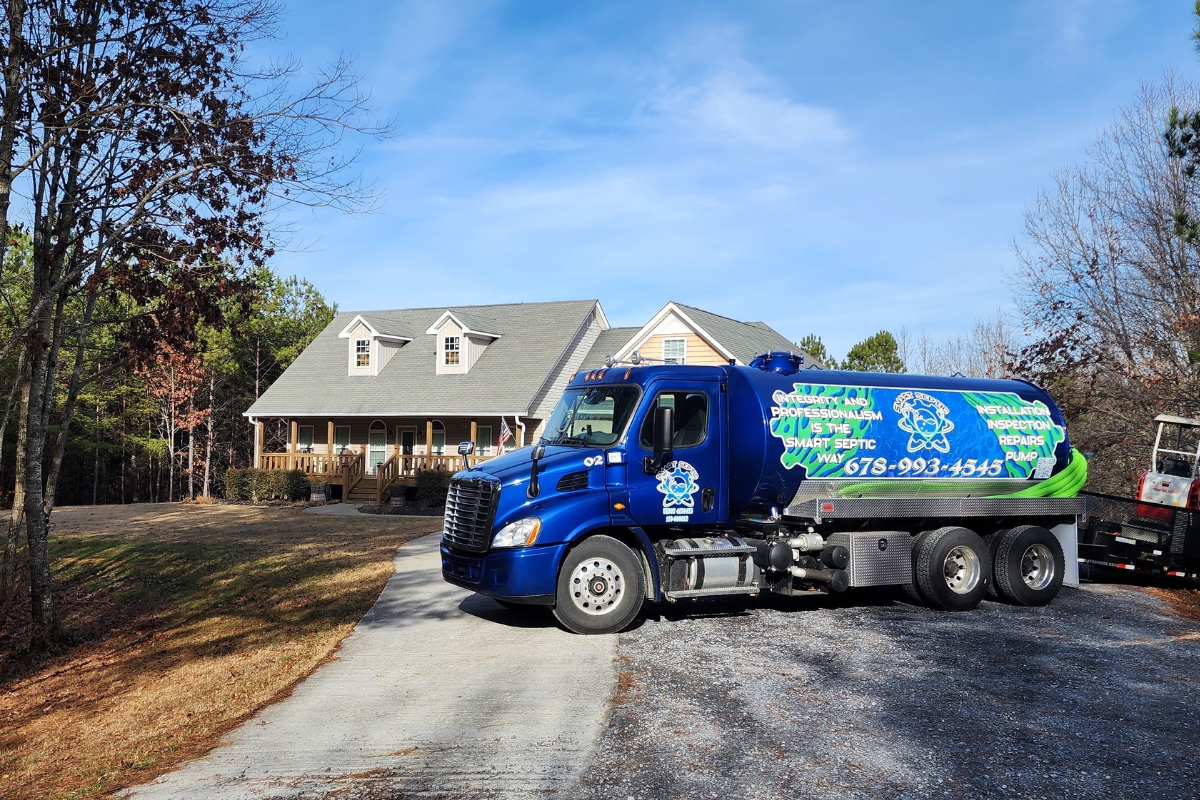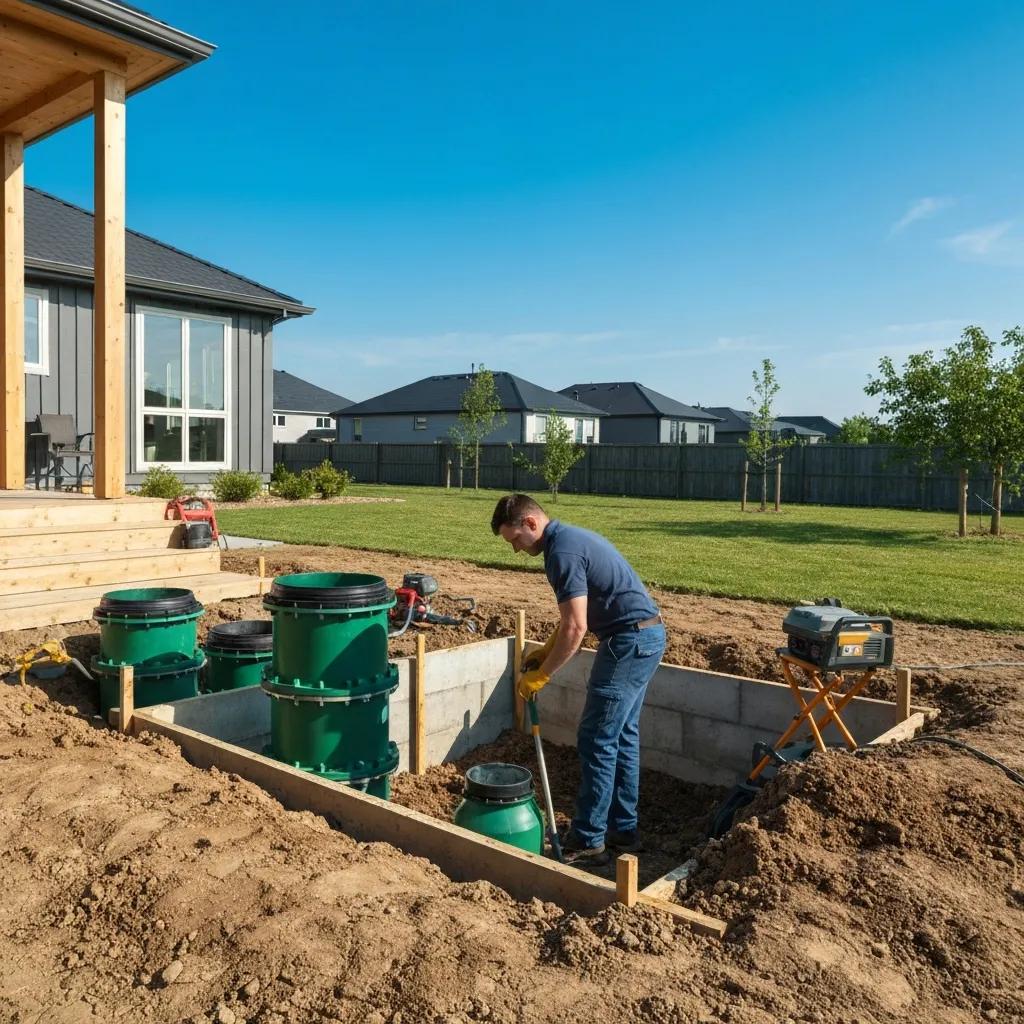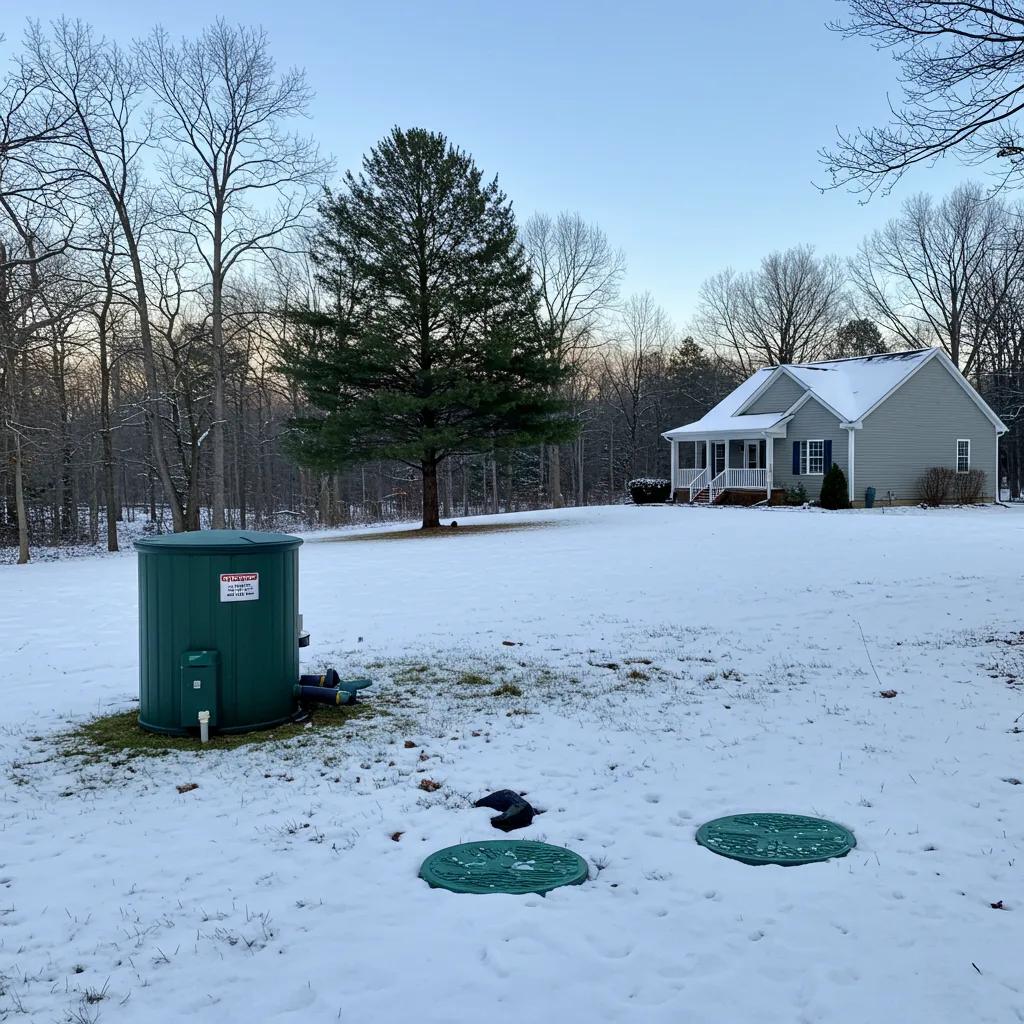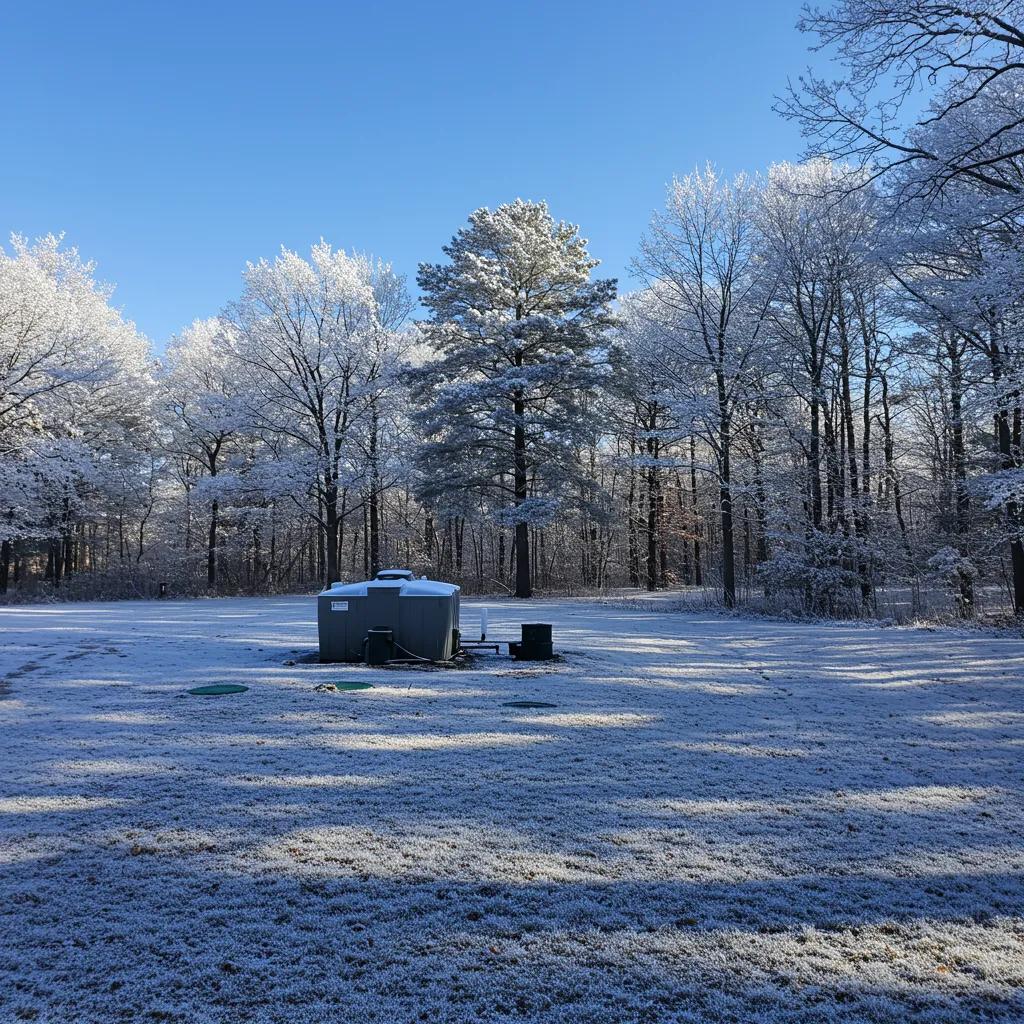Embarking on a home renovation project is an exciting opportunity to enhance your living space, but it also requires careful consideration of how these changes might impact your existing infrastructure, particularly your septic system.
Protecting your investment involves understanding the relationship between home renovations and your septic system to avoid potential issues and costly repairs down the line. In this guide, we’ll provide essential tips and insights to help you navigate home remodeling projects with your septic system in mind.
From planning and design to choosing the right materials and ensuring proper drainage, discover how to safeguard your septic system while making your dream renovations a reality. Whether you’re adding a new bathroom, handling a kitchen renovation, or undertaking a major remodel, these tips will help you protect your investment and maintain a healthy, functional home and get you ready to renovate.
Renovating Your Home? Don’t Forget about Your Septic System’s Needs!
Understanding the Impact of Home Remodeling on Septic Systems
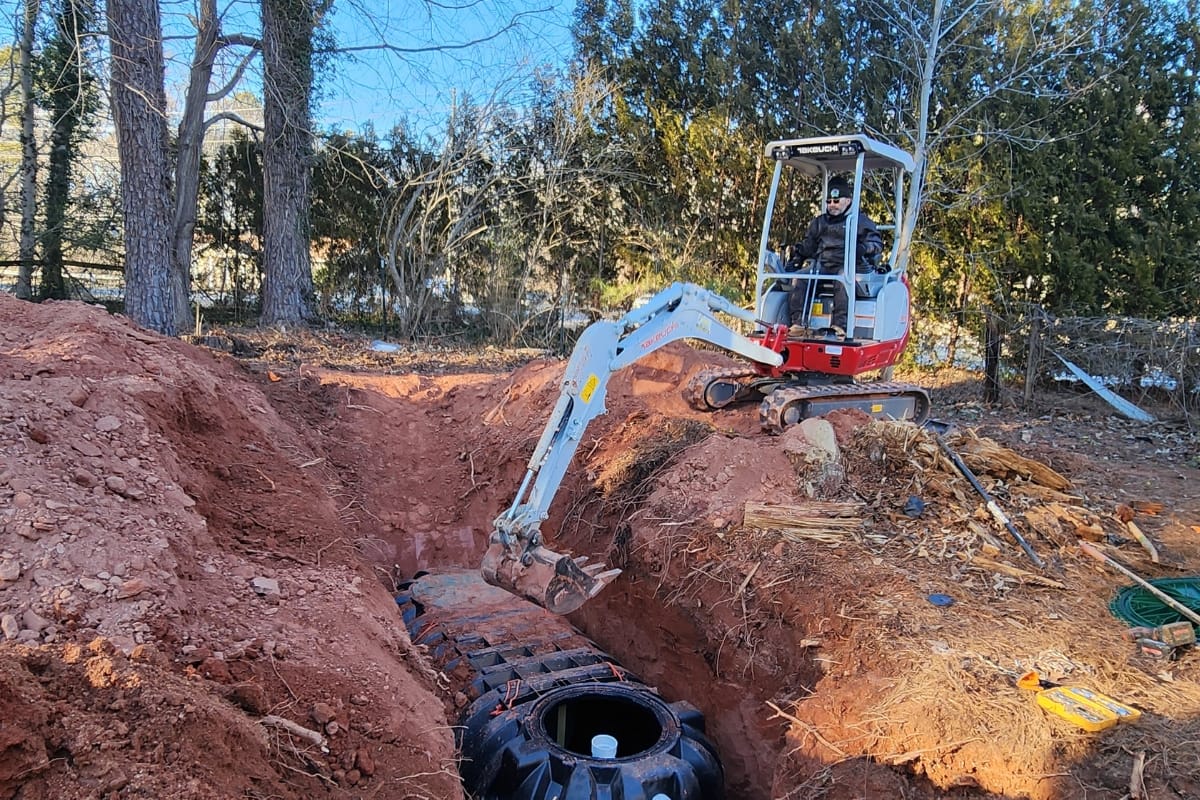
When it comes to home renovations, many homeowners focus on aesthetic improvements and overlook the potential impact on their septic systems. However, it’s crucial to understand that any changes made to your plumbing or landscape can have a significant effect on your septic system’s functionality. By being aware of these potential issues, you can take proactive steps to protect your investment and avoid costly repairs down the line.
During a home renovation, it’s common for additional water usage to occur. Whether you’re adding a new bathroom or upgrading your plumbing fixtures, this increased water flow can put a strain on your septic system. The excess water can overwhelm the system and lead to backups or even complete failure if not properly managed.
In addition to increased water usage, renovations often involve digging and excavation around the property. This activity can disrupt the soil structure and potentially damage underground septic components such as pipes or tanks. It’s essential to be mindful of your septic system’s location and take precautions to avoid any accidental damage during construction.
Signs of Potential Septic Issues to Look Out For Before Renovations
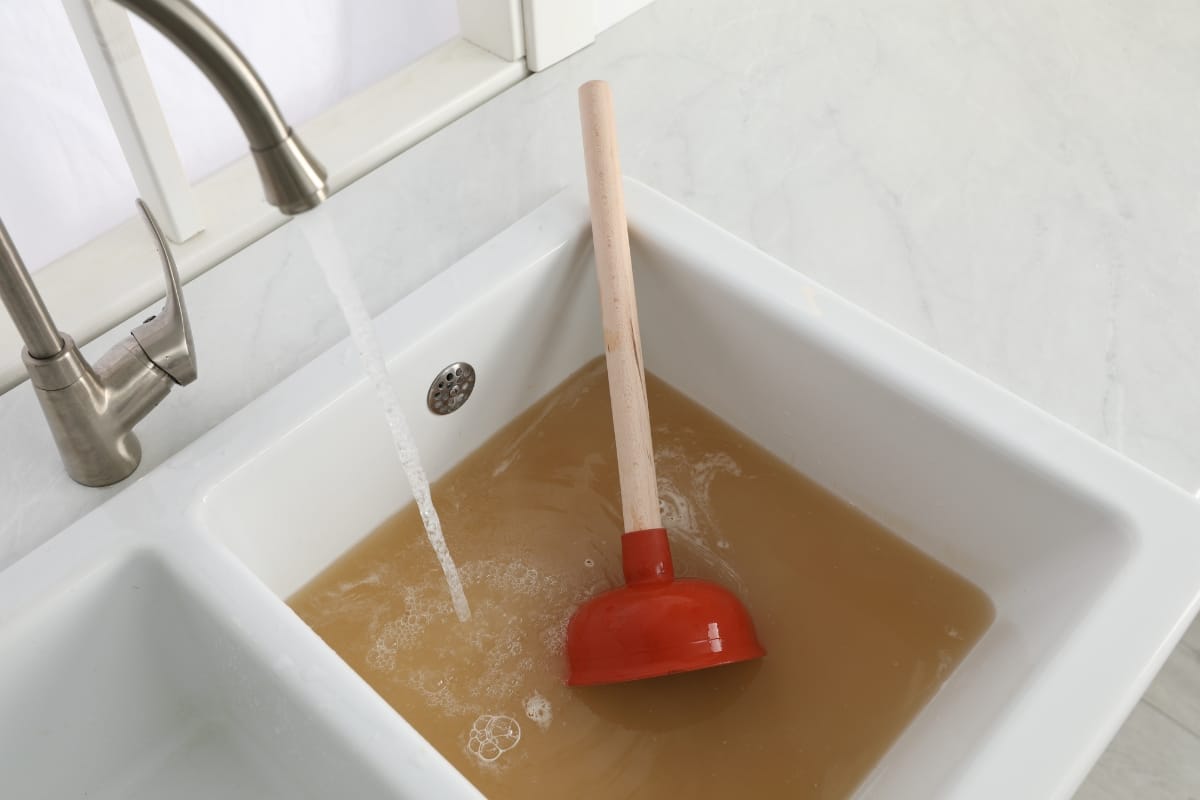
Prior to starting any home renovation project, it’s crucial to assess the condition of your septic system and look out for any signs of potential issues. Ignoring these warning signs can lead to more significant problems down the line.
One common sign of a septic issue is slow drainage in sinks, showers, or toilets. If you notice that water is taking longer than usual to drain or if you experience frequent clogs, it could indicate a problem with your septic system. This could be due to a full septic tank or blockages in the pipes.
An unpleasant odor around your property is another red flag that shouldn’t be ignored. Foul smells emanating from drains or sewage backups can indicate a septic system malfunction. Such odors typically suggest that waste is not being processed and dispersed correctly, possibly due to a failing system or a blockage.
Additionally, if you notice lush, green patches of grass or pooling water in your yard, it could be a sign of a leaking septic system. These patches are often a result of wastewater surfacing and fertilizing the grass above the septic field. Pooling water can indicate that the system is overburdened or that the drain field is failing.
These signs should prompt you to have your septic system inspected before proceeding with any renovations. Addressing septic issues beforehand can prevent costly and extensive repairs in the future and ensure that your renovation project proceeds smoothly.
Best Practices for Safeguarding Your Septic System During A Full Home Renovation
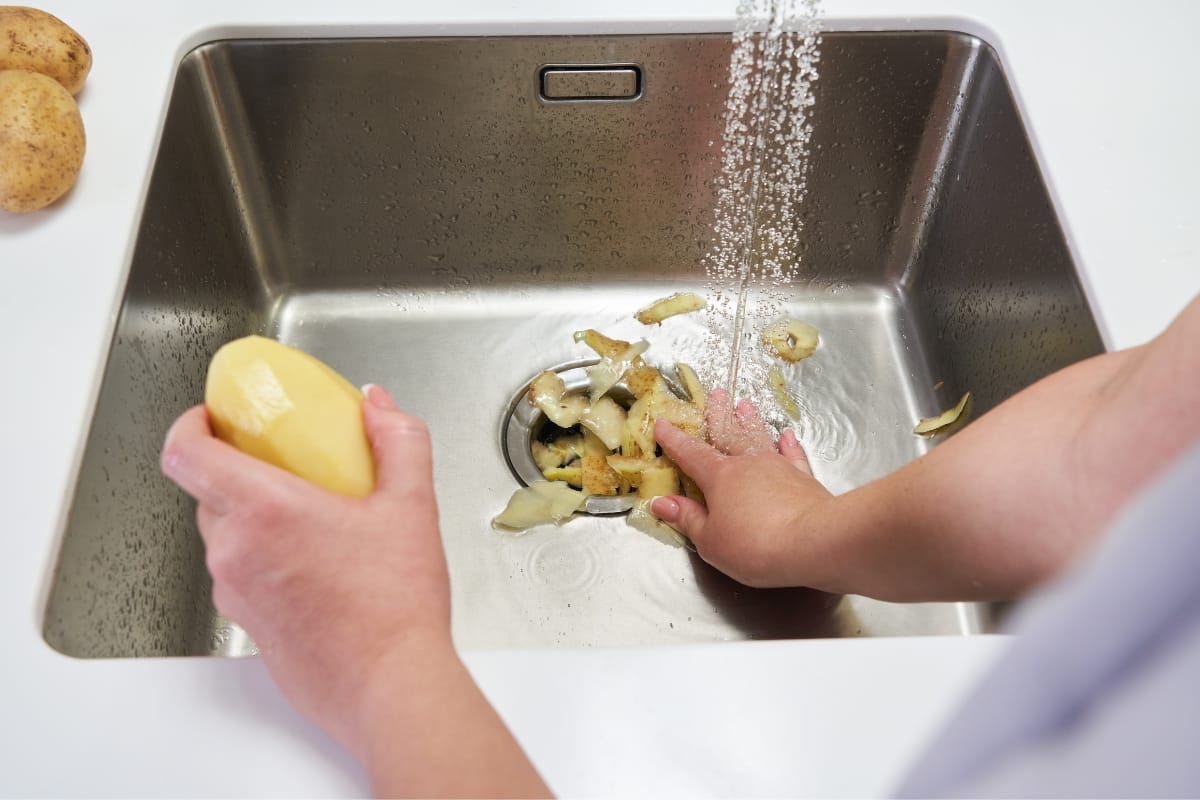
Now that you’re aware of the potential impact of home renovations on your septic system and have identified any pre-existing issues, it’s time to implement best practices to safeguard your investment during the renovation process.
First and foremost, it’s crucial to communicate with your contractor about the location and importance of your septic system. Make sure they understand the need to avoid damaging any septic components during construction. This includes marking the location of underground tanks and pipes to prevent accidental excavation.
Another important practice is to limit water usage during the renovation process. Encourage workers to use alternative sources for cleaning or provide temporary facilities if necessary. By reducing water usage, you can prevent overloading your septic system and minimize the risk of backups or failures.
Furthermore, it’s essential to properly dispose of construction waste and debris. Avoid flushing any materials down the toilet or pouring chemicals down drains that could harm your septic system. Instead, follow local regulations for waste disposal or consider renting a dumpster specifically for construction debris.
Importance of Proper Waste Disposal During and After Renovations
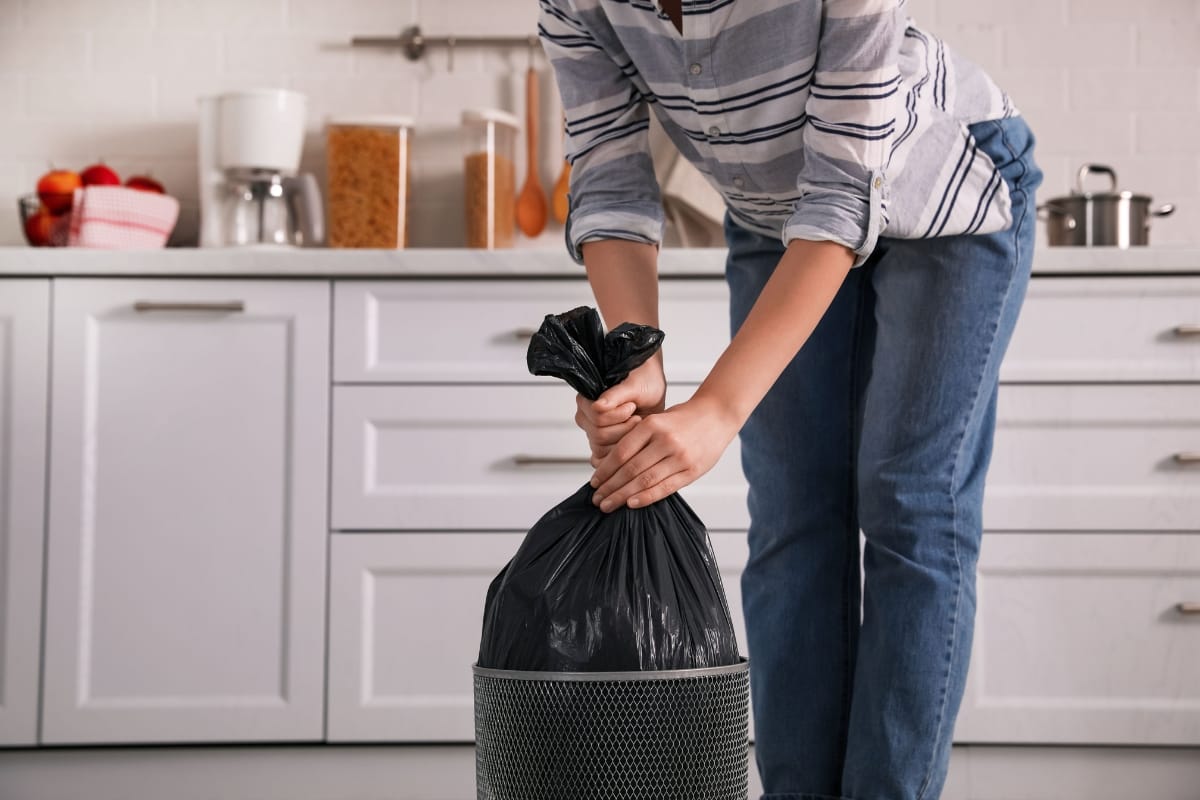
Proper waste disposal is crucial not only during renovations but also after they are completed. It’s essential to be mindful of what goes into your drains and toilets as certain substances can harm your septic system’s delicate balance.
Avoid pouring grease, oil, or harsh chemicals down drains as they can disrupt the natural bacteria in your septic tank. These substances can also accumulate and clog pipes, leading to costly repairs. During renovations, ensure that paint, solvents, and construction debris are disposed of properly, as these can also damage your septic system if washed down the drains.
Similarly, be cautious about what you flush down the toilet. Non-biodegradable items such as wipes, feminine hygiene products, or paper towels should never be flushed as they can cause blockages in your septic system. Even products labeled as “flushable” can create significant problems in a septic system.
By practicing proper waste disposal habits during and after renovations, you can ensure the longevity and efficiency of your septic system. This not only prevents potential damage and expensive repairs but also contributes to the overall health and functionality of your home’s plumbing. Maintaining these practices helps to protect your investment in your home and supports environmental sustainability.
Planning Ahead: Consulting with Septic Professionals Before Renovations
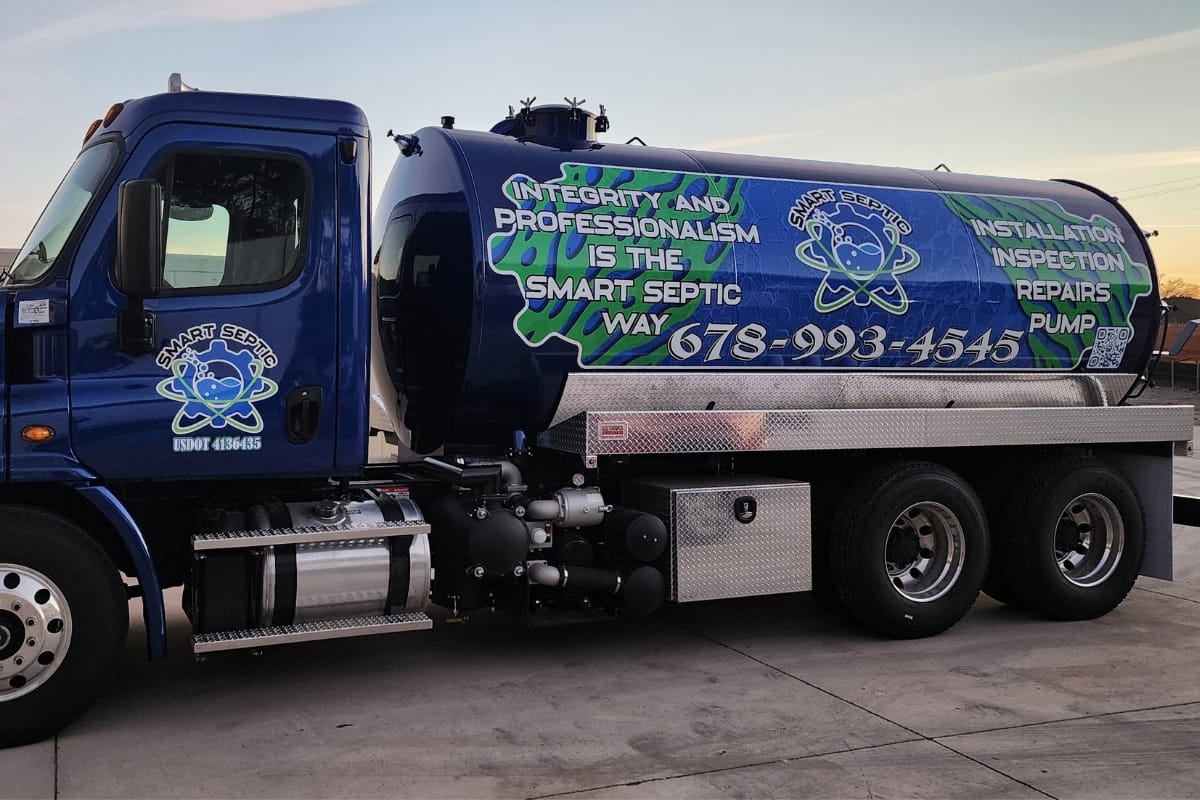
Prior to starting any home renovation project that may impact your septic system, it’s advisable to consult with septic professionals. These experts can assess the current condition of your system and provide guidance on how to proceed with your renovations while minimizing potential risks.
A septic professional will be able to determine if any septic repairs or upgrades are necessary before undertaking a full renovation. They can also advise on the best practices for protecting your septic system during construction and offer recommendations for incorporating septic-friendly fixtures or appliances into your renovation plans. For instance, they might suggest installing low-flow toilets and water-efficient appliances to reduce the strain on your septic system.
Investing in a consultation with a septic professional upfront can save you from adding to your home renovation cost and ensure that your home renovation project goes smoothly without compromising the functionality of your septic system. By planning ahead and incorporating their expert advice, you can protect your septic system, maintain its efficiency, and avoid unexpected disruptions or repairs during and after your renovation.
Incorporating Septic-Friendly Fixtures and Appliances in Your Renovation

When planning a full home renovation, it’s essential to consider incorporating septic-friendly fixtures and appliances into your design. These choices can help reduce water usage, minimize strain on your septic system, and promote its longevity.
Low-flow toilets, faucets, and showerheads are excellent options for conserving water without sacrificing performance. These fixtures use less water per use while still providing adequate functionality for everyday needs. For example, low-flow toilets use significantly less water per flush compared to traditional models, which can greatly reduce the volume of wastewater your septic system must process.
You may also want to consider installing a separate greywater system that diverts water from sinks, showers, and laundry to be used for irrigation purposes. This can significantly reduce the amount of water entering your septic system and alleviate strain during periods of heavy water usage. Greywater systems not only reduce the load on your septic system but also contribute to water conservation by reusing water for landscaping.
By incorporating septic-friendly fixtures and appliances into your renovation plans, you can make a positive impact on both the environment and the functionality of your septic system. These eco-friendly choices help ensure your septic system operates efficiently, reducing the risk of overloading and extending its lifespan, while also promoting sustainable living practices.
Monitoring and Maintaining Your Septic System Post-Renovation
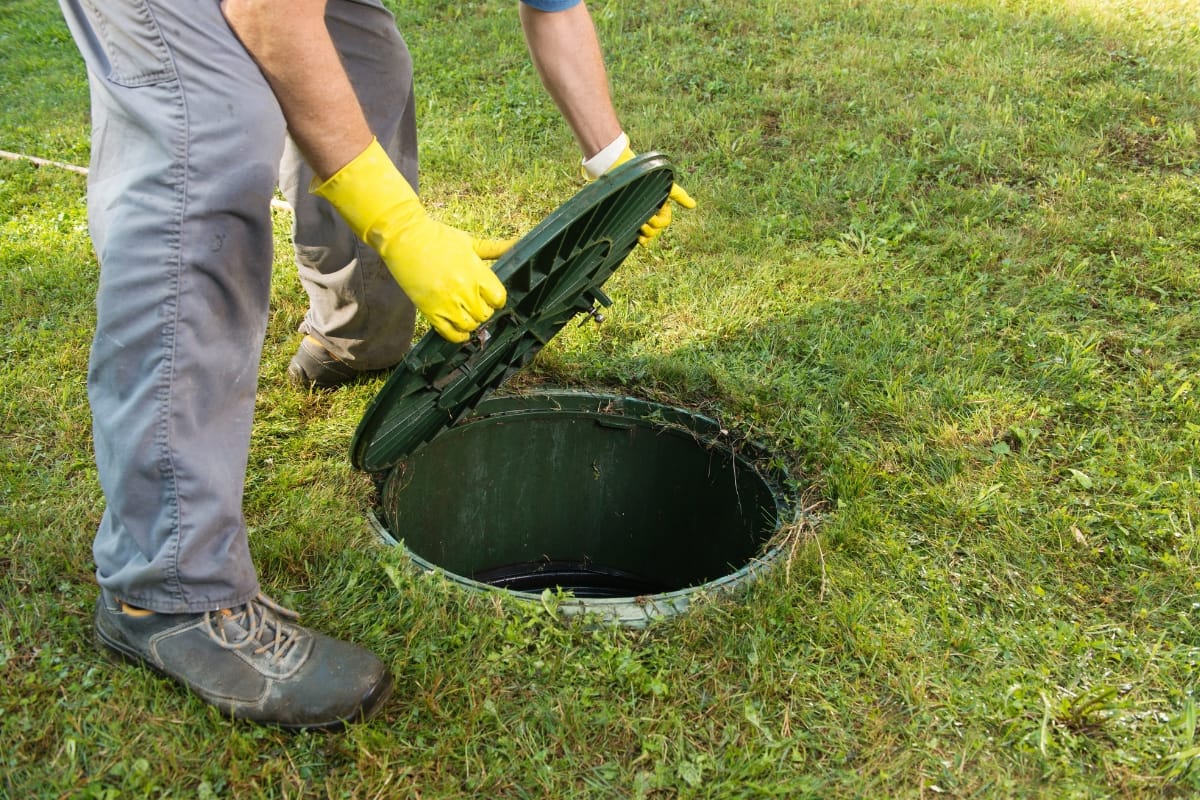
Once your home renovation is complete, it’s crucial to continue monitoring and maintaining your septic system to ensure its long-term efficiency.
Regular inspections are essential for identifying any potential issues before they escalate into costly repairs. A professional septic inspector can assess the condition of your tank, pipes, and drain field, providing recommendations for maintenance or repairs if needed.
In addition to inspections, regular pumping is necessary to remove accumulated solids from your septic tank. The frequency of pumping depends on factors such as household size and water usage. Consulting with a septic professional will help determine the appropriate pumping schedule for your specific system.
Finally, educating yourself and other household members on proper septic system care is crucial. Avoiding excessive water usage, practicing proper waste disposal habits, and being mindful of what goes into drains or toilets are all essential aspects of maintaining a healthy septic system.
The Role of Regular Inspections and Pumping in Preserving Your Investment
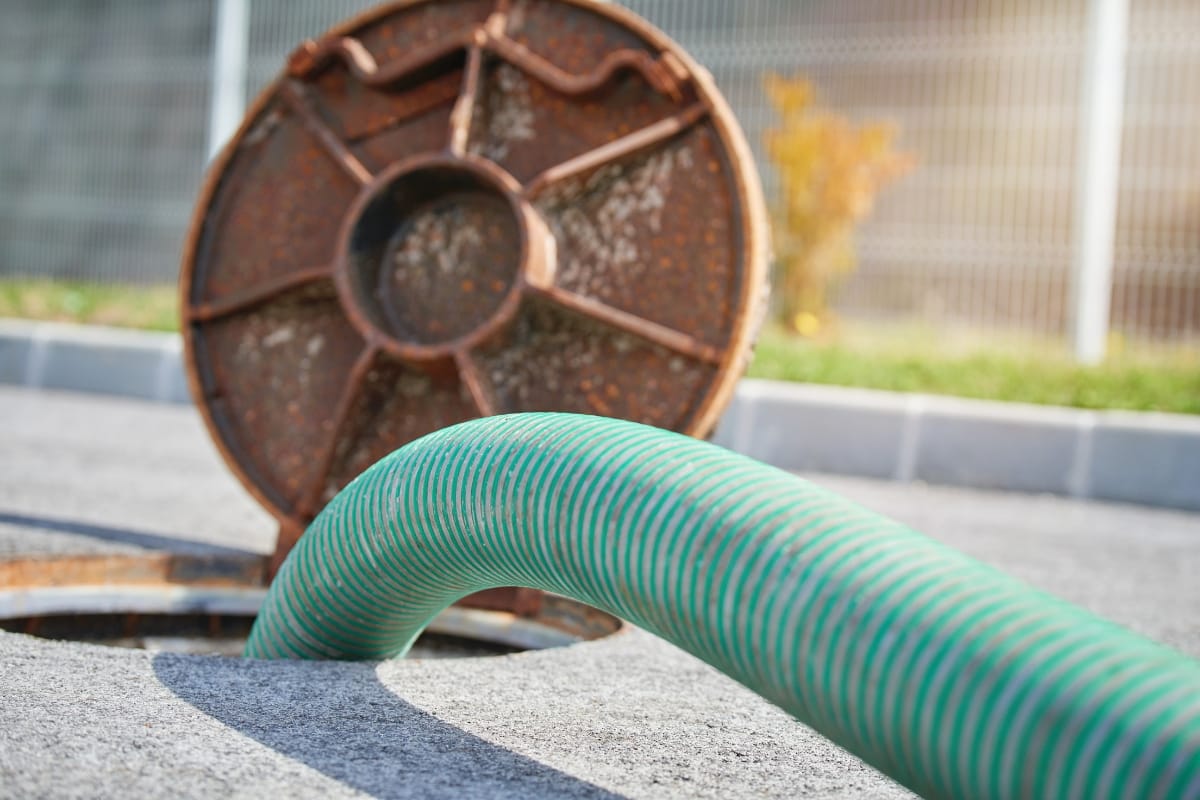
Regular inspections and pumping play a vital role in preserving the longevity and efficiency of your septic system. By staying proactive with maintenance tasks, you can prevent major issues from arising that could potentially jeopardize your investment.
During inspections, any minor problems can be identified early on before they escalate into more significant issues. This allows for timely repairs or adjustments to be made, saving you from costly repairs down the line.
Pumping, on the other hand, ensures that accumulated solids are removed from your septic tank. If left unchecked, these solids can build up and clog pipes or cause backups. Regular pumping helps maintain the proper functioning of your septic system and prevents potential failures.
By prioritizing regular inspections and pumping, you can protect your investment in both your home renovation and your septic system.
Conclusion: Ensuring Longevity and Efficiency of Your Septic System After Home Renovations
Are you in need of septic services for your renovated home in Holly Springs, Acworth, Marietta, or the metro Atlanta area? Home renovations can be exciting projects that add value and beauty to your property. However, it’s crucial not to overlook the potential impact these renovations can have on your septic system. By following these tips and staying proactive with care for your septic system, you can enjoy the benefits of a successful home renovation without any unwelcome surprises lurking beneath the surface.
Protect your investment by considering the impact of home renovations on your septic system. At Smart Septic Pros, we offer expert advice and septic services to ensure your home improvements are seamless and your septic system remains in top condition. Contact us today at 678-993-4545 or fill out our website form for a service request. Let Smart Septic Pros help you navigate your renovation project with confidence and expertise.
